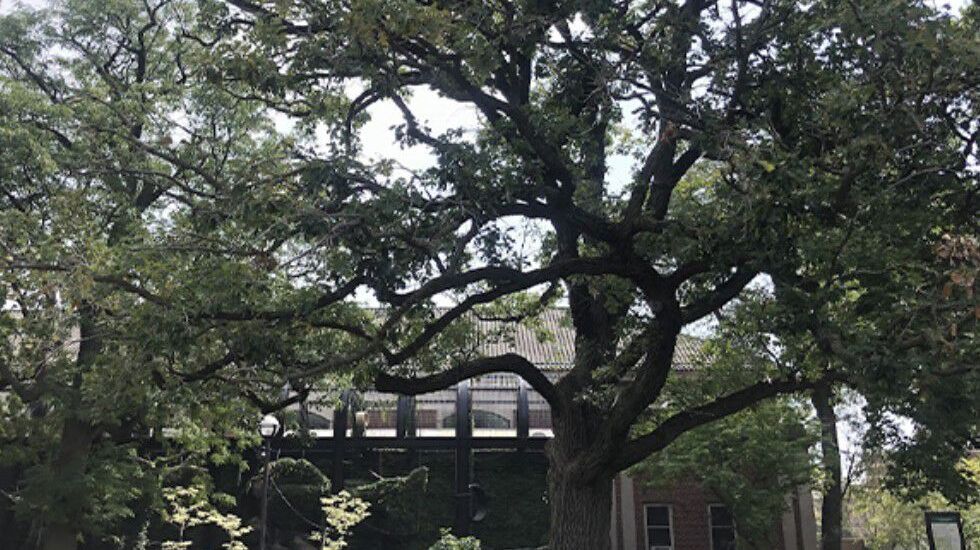
A tree older than the City of Chicago at Lincoln Park Zoo is nearing the end of its life and will be removed next year.
The bur oak tree, which is nearly 300 years old, has reached its natural end, despite no present diseases and years of preventative efforts, Lincoln Park Zoo officials said in a statement. It will be carefully removed from zoo grounds next spring.
“The center of the zoo was built around these historic oak trees, and it is bittersweet the nearly 300-year-old tree has come to the natural end of its life,” said Katrina Quint, Lincoln Park Zoo’s director of horticulture. “The zoo is dedicated to protecting Lincoln Park Zoo’s natural environment and tree canopy to ensure all guests have a healthy, vibrant natural landscape to enjoy for generations to come.”
The tree, which predates the City of Chicago’s founding in 1837, has been a part of the zoo’s natural landscape since its beginnings. It is located near the white-cheeked gibbon habitat.
It has broad-spreading branches and thick bark that can tolerate prairie fires, which were once common in the area. The tree’s average height spans 70 feet and is native to northern and central United States, as well as southeast Canada. Its acorns are an important food source for several species.
There are 40 bur oak trees at Lincoln Park Zoo.







